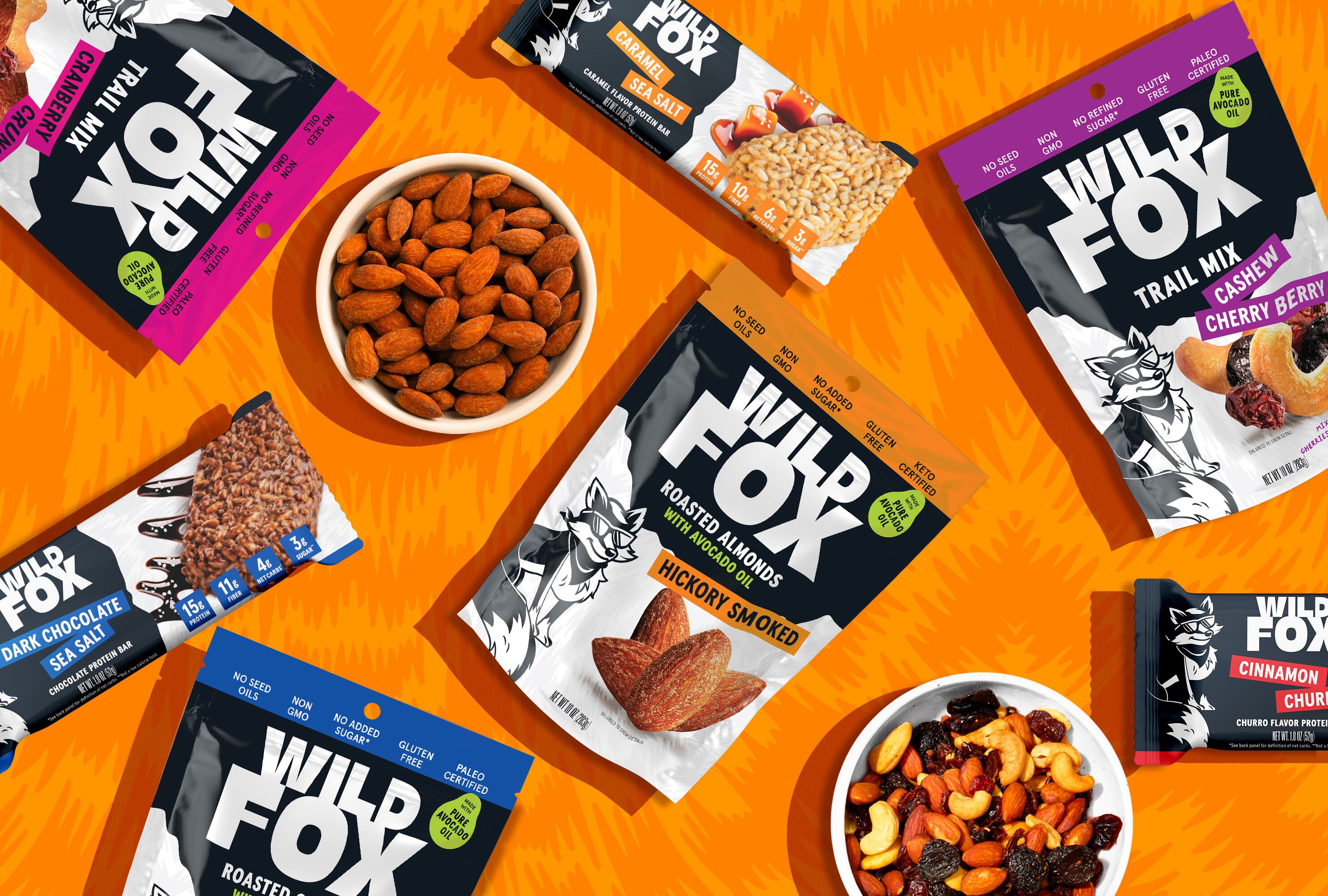Whole Foods Market has “an always on process” for evaluating and evolving its quality standards, including which ingredients it features on or bans from its store shelves, allowing it to shape and meet fast-evolving consumer expectations and stay ahead of looming regulatory pressures.
“Our quality standards are the nucleus of our brand, and the reason that we exist as Whole Foods, the reason that we have been able to build ourselves into, dare I say, one of the most admired brands in grocery retail, is because we’ve had this guiding north star of our quality standards,” the retailer’s Chief Merchandising and Marketing Officer Sonya Gafsi Oblisk said over the weekend at Groceryshop in Las Vegas.
“If we rewind back 45 years ago, at the beginning of Whole Foods, our head of quality standards actually sat on the USDA board to write the original guidelines for organic – so our roots run very, very deep here, and we have been able to influence our food system,” she said.
But for Whole Foods, setting quality standards for the food and beverages it sells was not a one-and-done initiative. Rather, Oblisk said, the retailer has “an always on process” for evaluating what it means to stock the healthiest, most nutrient-dense and safest food possible.
“As science comes in, as new ingredients come in, as processing, technologies, as packaging – all of those things that may be changing in the marketplace – are constantly up for evaluation by our teams, and based on that, they put together recommendations” with help from suppliers and industry experts, she explained.
Those recommendations go to a steering committee, which includes Oblisk, and “we vigorously debate and discuss anything that we may be adding or revisions that we may make to our quality standards,” she said.
“Our goal is ultimately to deliver a safer and more sustainable food system,” she said, adding: “We really seek to raise the bar for the overall industry.”
Meeting and exceeding MAHA
Many of the questions Whole Foods’ steering committee has asked for decades as it fine tunes the retailer’s quality standards are now center stage for not only healthy conscious or environmentally-minded consumers, but mainstream shoppers as well.
The Make America Healthy Again movement, led by HHS Secretary Robert F Kennedy, is calling out safety concerns of common ingredients, including dyes, preservatives and additives, as well as processing techniques and chemicals in food contact materials.
Many of these have long been banned from Whole Foods.
Balancing the ‘presence of positive’ and ‘absence of negatives’
While FDA works with the food industry to phase out ingredients it has deemed unhealthy and seeks input to define ultra-processed foods, ostensibly as a starting point for additional regulations, Whole Foods Market is actively listening to consumers to understand what ingredients concern them and how they think about UPFs.
“Customers are definitely gravitating towards a clean ingredient label,” and looking for ‘either presence of positive’ or ‘absence of negatives,’ she said.
The absence of negatives includes many of the ingredients FDA has banned or cast in negative light in the past year, including synthetic dyes and additives as well as the more than 500 ingredients that Whole Foods already prohibits from foods and beverages available in its stores, she explained.
“Then there is another focus on presence of positives, which really is around a lot of what we’re seeing with protein really showing up in the forefront. I also think that ties in very closely to just an overarching trend around whole food ingredients, and when I say whole food it is a little ‘w’ and a little ‘f,’ and includes less-processed foods as a source for nutrient density,” she said.
This aligns with “a lot of what we’re seeing in what you would typically term as a “GLP-1 diet,” but also “the overall narrative of ‘how do I manage my health holistically?’ and looking for less processed ways to do that through food,” she added.
This also is illustrated in the “energy around the perimeter of our store, where it is fresher food” that attracts consumers, Oblisk said.
Package innovations address tension between shelf life and preservative-free
At the same time, she acknowledged, consumers want products with longer shelf lives, which is where packaging innovation can play a role in helping reduce food additives and preserve shelf life, she said.
“There is always a dynamic tension between being able to have, like, a clean and simple food offering and then managing price and shelf life of products,” she acknowledged.
Making quality standards transparent and approachable
When it comes to communicating to consumers how Whole Foods evaluates and sets its quality standards, Oblisk said the retailer provides on its website and across other channels “all the information, the transparency, the level of detail that customers may seek.”
But, she adds, “we tend not to go too deep into the science from an outbound basis.”
The retailer also tries to “put a little fun into it,” Oblisk said, pointing out as example its new paper bag design that proclaims in large font: “It’s What’s Not In The Bag” with a long list of the retailer’s banned ingredients called out in a smaller font covering the entire bag behind the tagline.
Oblisk said the campaign “helps reinforce that connection for folks that we are doing the hard work. It doesn’t need to be scary and we do this consistently and have over time.”




